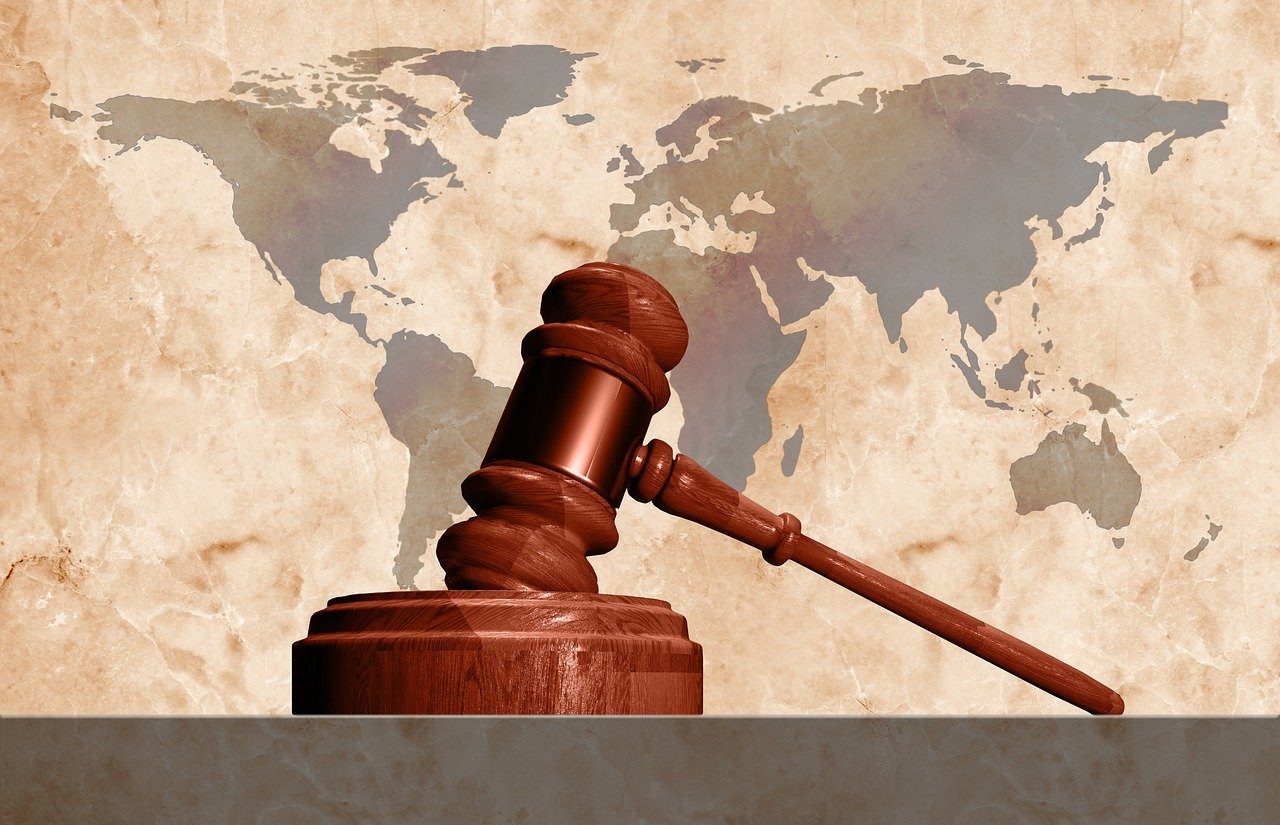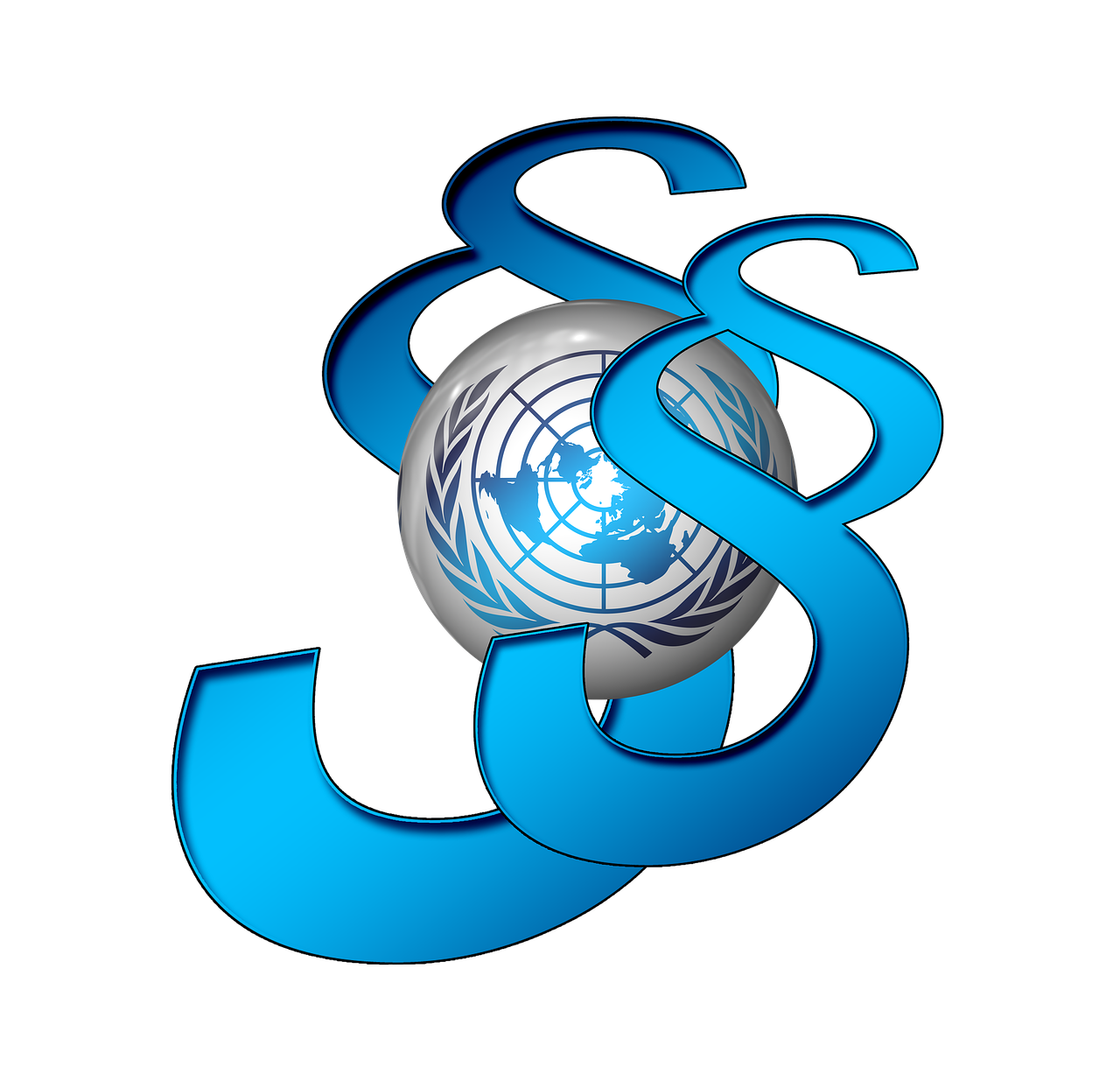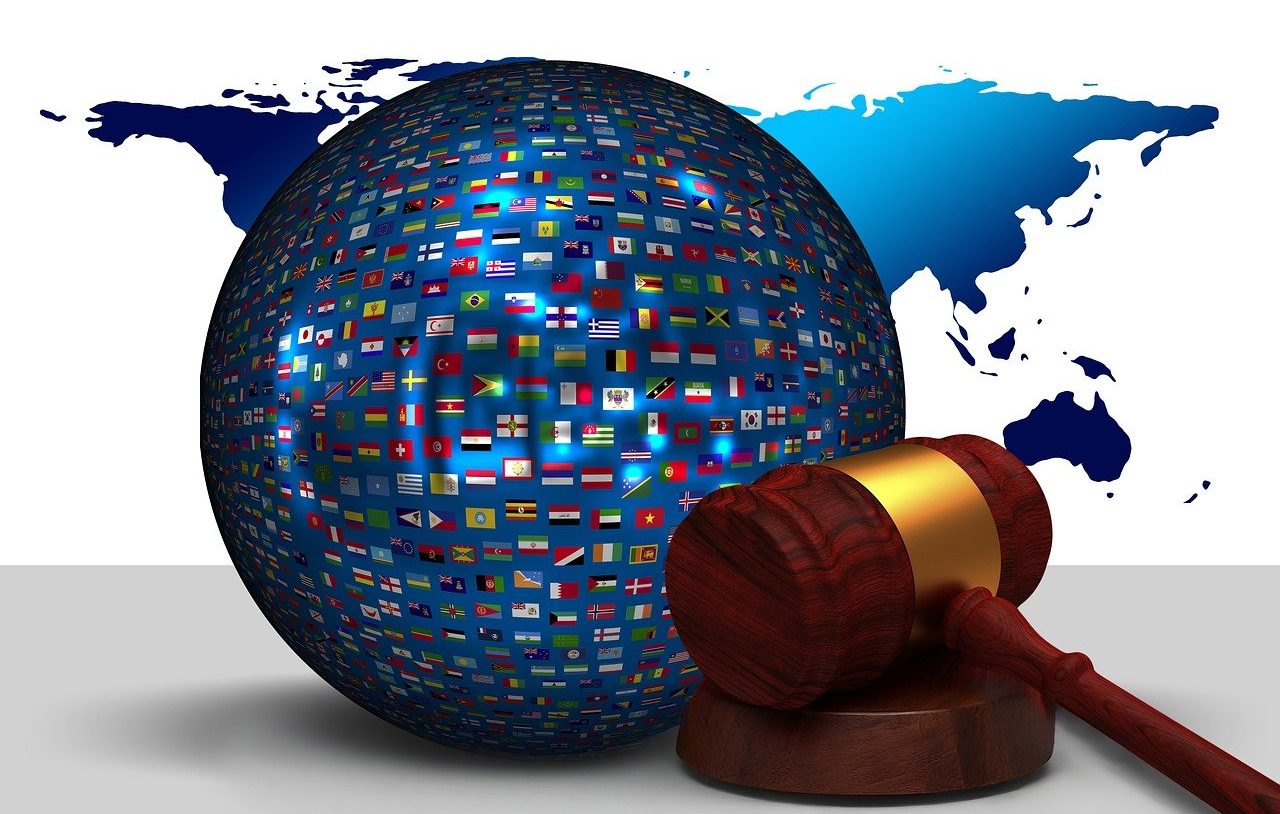
The rulings and sentences of the International Court of Justice are final.
The International Court of Justice is the most important judicial entity in the structure of the United Nations ( UN ). Its mission is to resolve legal disputes between countries based on what is established by public international law and to issue opinions on matters presented to it by other UN organizations.
Its creation took place in 1945 through the Charter of the United Nations , which also includes its statute. The International Court of Justice , composed of fifteen judges whose mandate extends nine years, began its operation in 1946 and is considered the continuation of the Permanent Court of International Justice .
Characteristics of the International Court of Justice
The International Court of Justice operates in The Hague , a city in the Netherlands . It is the only one of the main UN bodies with a European headquarters, since the rest (such as the General Assembly , the Economic and Social Council and the Security Council ) are based in New York ( United States ). Its official languages are English and French.
The General Assembly and the Security Council are responsible for the election of the judges who make up this Court. Both bodies carry out their voting simultaneously but separately: each judge requires an absolute majority of the two entities to be elected. One third of the International Court of Justice is renewed every three years, with the possibility of re-election of judges.
If a judge resigns or dies in office, a special election is held to fill the vacancy. It is interesting to note that any country that is a party to the statute of the Court can propose a candidate through the national groups that make up the Permanent Court of Arbitration . Tradition dictates that the elected judges must be of the same nationality as the permanent members of the UN Security Council . It must be considered that there cannot be more than one magistrate from the same country.
It should be noted that the election of the president and vice president is carried out by the Court itself in a secret vote. These mandates last three years. Since February 2024 , the president of the International Court of Justice is the Lebanese Nawaf Salam .

UN bodies and agencies may request advisory opinions from the International Court of Justice.
The reports
The International Court of Justice annually presents a report to the UN General Assembly . The document details his activities, judicial procedures, visits and publications, among other issues.
Each annual report covers the period from August 1 to July 31 of the following year. From 1985 onwards, all the reports have been published in electronic format and can be consulted through the Internet.
The report of the International Court of Justice from August 1, 2023 to July 31, 2024 , for example, consists of 74 pages . In the summary, he presents an overview of his judicial work, where he details that he was in charge of issuing two rulings (both linked to disputes between Russia and Ukraine ) and issuing an advisory opinion (on Israeli practices in the occupied Palestinian territory).

The rulings of the International Court of Justice constitute international jurisprudence.
Role of the International Court of Justice
As we already indicated, the International Court of Justice fulfills a double mission. On the one hand, it resolves legal disputes between States through contentious procedures . On the other hand, it issues advisory opinions when this is required by other UN bodies. In this case, therefore, these are consultative procedures .
Only UN member states, those that appear in the statute of the International Court of Justice or others that have admitted jurisdiction according to certain requirements can be parties to a contentious procedure. The implementation of a procedure of this kind can be carried out through the notification of an agreement (without there being plaintiffs or defendants) or through a unilateral request (one State sues another). The development includes a written stage with the exchange of arguments and an oral instance with public hearings. Finally, after a closed-door meeting, the International Court of Justice pronounces its ruling (which is final, unappealable and binding on the parties) in a new public hearing.
Consultative procedures, on the other hand, can only be requested by the 5 main organs (the Court is the sixth) and the 16 organizations that make up the UN . These opinions can refer to different legal issues: the procedure ends with a public hearing where the opinion in question is presented, which is not binding.
It can be said that the International Court of Justice is a tool to achieve the peaceful resolution of disputes. It functions as an international arbitration that can resolve border and boundary disputes, uses of maritime spaces, issues related to political asylum or the situation of refugees, situations related to the exercise of diplomacy and allegations of genocide or war crimes, to mention some possibilities.
emblematic cases
Since its launch, more than 170 cases have been considered by the International Court of Justice . Many of them constitute well-known events that are part of world history.
In 1986 , for example, he ruled in favor of Nicaragua in a lawsuit against the United States for providing support for military and paramilitary operations against the Central American nation's government.
In 2010 , meanwhile, the Court ruled on the confrontation between Argentina and Uruguay due to the installation of two cellulose pulp plants in Uruguayan territory but over binational waters of the Uruguay River . The judges indicated that Uruguay did not comply with its obligation to make a prior consultation with Argentina for the construction of the plants, although they noted that demanding the closure was disproportionate since there was no non-compliance regarding the prevention of environmental pollution. That is why he instructed the two nations to carry out joint monitoring of the state of the river.
